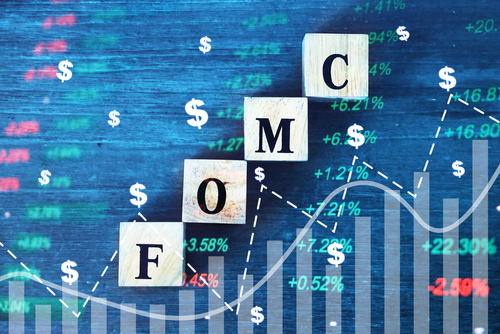

This article is only available to Macro Hive subscribers. Sign-up to receive world-class macro analysis with a daily curated newsletter, podcast, original content from award-winning researchers, cross market strategy, equity insights, trade ideas, crypto flow frameworks, academic paper summaries, explanation and analysis of market-moving events, community investor chat room, and more.
Summary
- Mortgage market reacts hard to hawkish Fed.
- ECB to neutral and no more?
- ETH outperforms BTC ahead of merge.
- Germany’s economic model is in trouble.
Mortgage Market Reacts Hard to Hawkish Fed
The Fed’s MBS strategy is ambiguous. In May, the Fed set out a monthly MBS reinvestment cap of $17.5bn for three months and $35bn for the following three months. However, less than $10bn is scheduled to mature during 2022 H2. In addition, with mortgage rates almost back to their pre-GFC levels, pre-payments are likely to be limited. As a result, implementation of the current caps would only see a very gradual decline in the MBS portfolio.
Such a cautious approach could reflect the mortgage market’s reaction to a more hawkish Fed. Spreads soared after the Fed turned more hawkish in Q4 2021 (Chart 1). Over six months, spreads increased by about 80bp, even though the actual runoff in the MBS portfolio has not started!

ECB to Go to Neutral and No Further?
The ECB hiked 50bp, above our expectation of 25bp, but did not follow through with more hawkish rhetoric. Lagarde pushed back on any further forward guidance after she discarded the ‘25bps in July, potentially more in September’ in favour of a faster exit from negative rates. She positioned this as being a front-loading with no change to terminal target rate, which she placed as ‘broadly neutral’. Based on other ECB speaker comments, this is somewhere in the 1-2% zone. Market pricing right now seems to be broadly agreeing with her (Chart 2). We explore more here.

ETH Outperforms BTC
Bitcoin has been outperforming ethereum this year, with the ETH/BTC cross reaching yearly lows of around 0.05 in June. However, July has flipped this trend on its head, with the cross shooting up (Chart 3). But what is driving this outperformance? The answer lies in the upcoming ethereum merge (when the protocol moves from proof of work to proof of stake).

Germany’s Economic Model Is No Longer Working
Everything that could wrong has gone wrong for Germany this year. But the biggest issue is that Germany’s economic model appears to have fallen apart. Simply put, in the past, Germany has used cheap Russian energy to make exports for China. This has allowed German growth to surge since 2008 and its current account surplus to balloon (Charts 4 and 5). Now the energy source is fast disappearing, and China is struggling to generate any domestic demand. We explore how to trade a weak Germany here.

